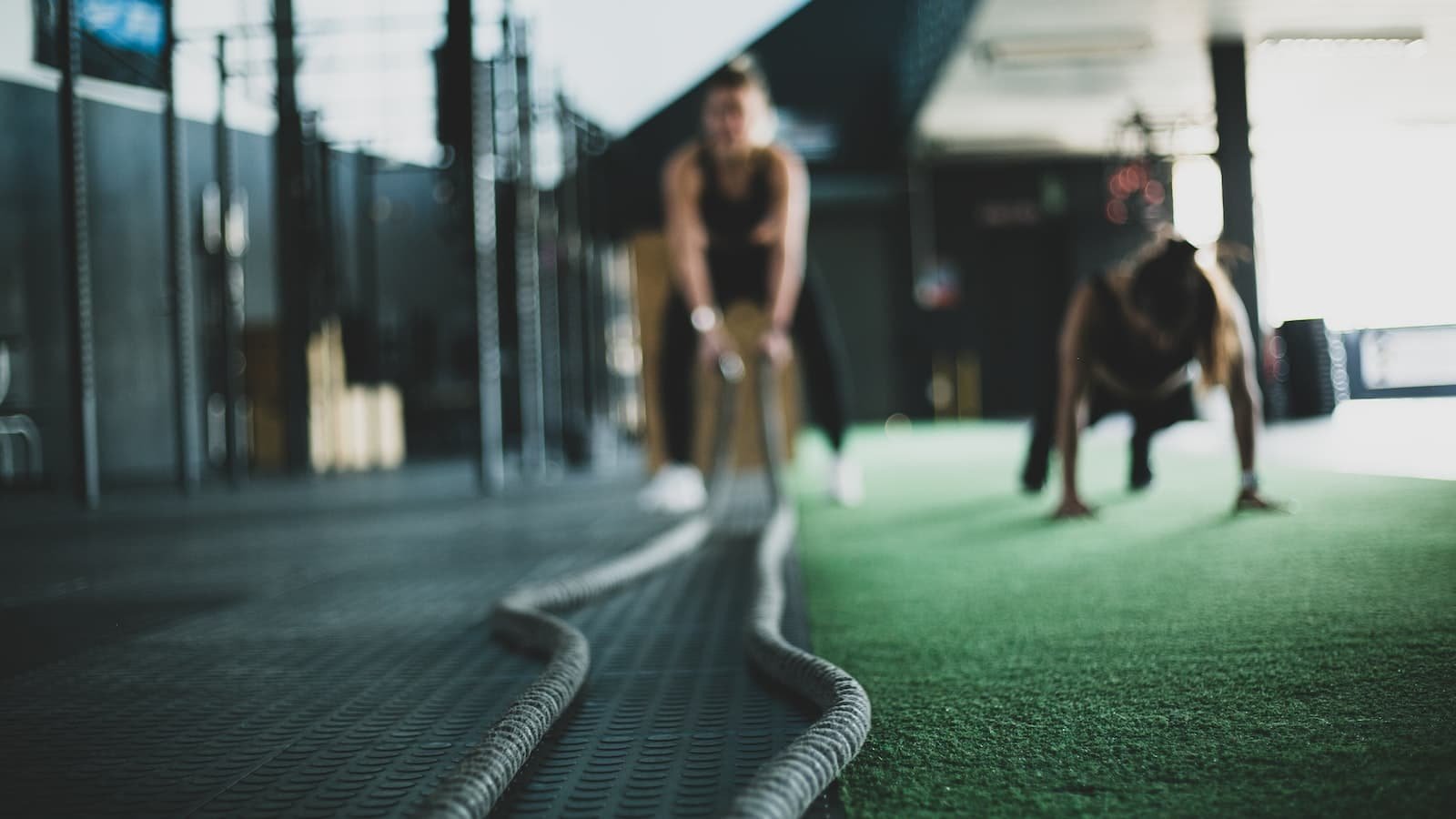How Quickly Do You Adapt To Training?

In short, it depends on the experience of the athlete and the type of session you are performing. It’s the question all athletes want to know the answer to: “How long will it be before I see the benefits from my workout?” How quickly will I adapt to training that I’ve just done?
Unfortunately, like most aspects of training, there isn’t a quick and easy answer.
Most experienced runners have heard that it takes 2-3 weeks to see the benefits of a session. While I agree that this is a good rule of thumb to follow, especially during the taper phase of a training plan, it’s not a very accurate measurement of how your body responds and adapts to a myriad of different training factors. For example, the exact rate your body absorbs and responds to a workout is going to be influenced by the type of workout, the intensity, how you recover, and your body’s own rate of adaptation.
However, while there is no universal and simple answer to this question, if we take the time to break down all the factors that affect workout absorption, you can extrapolate a fairly accurate estimation of how long it will take to adapt to training in each type of workout on your plan.

There are several steps for your body to process each type of training session – making key adaptations
Setting The Stage
Like any analysis that involves a myriad of influencing factors. The first thing we need to do is establish our assumptions and control some of the variables.
First, we’re going to assume that you’re implementing a thorough recovery plan after each workout. While ideal workout recovery is an article in itself, we’ll simply presume that you’re at least doing three things after each workout:
1 – fuelling properly,
2 – getting plenty of sleep,
3 – stretching or getting a massage to reduce soreness.
Certainly, you can do more to speed your recovery, but this is the baseline we’ll use for general training changes.
Second, we need to make an assumption about your general rate of recovery. Some runners have the ability to recover faster than their peers. We all have that running friend who seems to bounce back from track workouts like he or she didn’t even run the day before. If you don’t know someone like this, then you’re “that guy”. Likewise, runners generally recover slower as they get older. Typically, a 65-year old is going to take longer to recover from a hard workout than a strong runner in their mid-20′s. To keep things simple, we’re going to assume your rate of recovery is about average for a 35 to 40-year old runner. If you’re older or have found that you recover much faster than your running peers, you’ll be closer to the outer numbers of the ranges presented here.
Different Workouts Take Different Amounts Of Time
The type of session you perform and the intensity at which you perform it at will determine how quickly you see the benefits. This is because your various systems all respond to training at a different rate. Since each type of workout is designed to stress a particular physiological system, the rate of adaptation will vary.
To make it simple, here is how quickly you’ll adapt to training in a different element of your training plan:
Speed Development
Speed development workouts target the nervous system and are designed to develop the communication between your brain and your muscles. More importantly, improvements to the nervous system allow your brain to activate a greater percentage of muscle fibres and fire them more forcefully.
These types of workouts aren’t the type of speed work most runners think about. Instead of lung-busting intervals, speed development workouts consist of short, full-speed repetitions with full recovery. Examples of speed development workouts include explosive hill sprints, in-and-out short sprints, or 200m repeats with full recovery. Yes, the type of stuff you see sprinters doing at the track.
Luckily, your body will adapt to training in a speed development workout very quickly, usually within a day or two. The nervous system responds quickly to new stimuli because the growth and recovery cycle is very short — according to studies, it’s the same principle behind an extensive warm-up that involves dynamic stretching and strides. The nervous system responds very quickly to new stimuli and changes.

Speed development has the shortest cycle of adaptation into the body.
VO2max Sessions and Hill Workouts
VO2max and hill workouts are designed to develop your anaerobic capacity, or your ability to withstand a large amount of oxygen debt. They will also benefit your muscular system. Unfortunately, muscle strength and anaerobic capacity take longer to develop because of the intense demand on the body; and the amount of time it takes for the muscle fibres to recover after intense sessions. Therefore, it takes anywhere from 10-14 days to realize the full benefit from an anaerobic capacity workout.
You should also note that because of the demanding nature of these workouts, you may actually feel like you’ve “lost fitness” for 7-8 days after these workouts. We all know running the day after an intense session of 400′s can be difficult, but the performance loss will carry through for a few extra days, so be wary.
Threshold Runs
Threshold runs, tempo runs, and marathon pace runs are designed to train your body to increase its ability to reconvert lactate back into energy. In general, these types of workouts are taxing, but they aren’t slugfests like a VO2 max workout might be. Therefore, the recovery cycle after a tempo run is faster. This enables you to reap the benefits from the workout within 7-10 days.
Long Runs
Finally, the goal of a long run is to build-up your aerobic system. Primarily, this is accomplished by increasing the number and size of the mitochondria in your muscle fibres. This increases the number of capillaries and increasing the myoglobin content of your muscle fibres.
You don’t often “feel” the benefit from these sessions right away. It can take 4 weeks to notice changes in your capacity and for the actual effect to be felt. Likewise, the more experienced you are, the less you will “feel” the benefits from a long run; your aerobic system is already quite developed.
Long-Term Benefits Of Training
Note that realizing the benefits from one workout and fully developing each energy system are two completely different training topics. This just outlines the time it takes for your body to repair the muscle damage and experience growth. Fully developing any of these energy systems takes time — and lots of it (think in terms of years).
Send us a message or leave a comment and let us know if you have any questions! We all have our own thoughts on the matter, and we all have something different that suits us.
See what’s up next week for our #RunFormFriday tip! For more understanding on how to put this into practise, get in touch and we’ll see how we can help!
